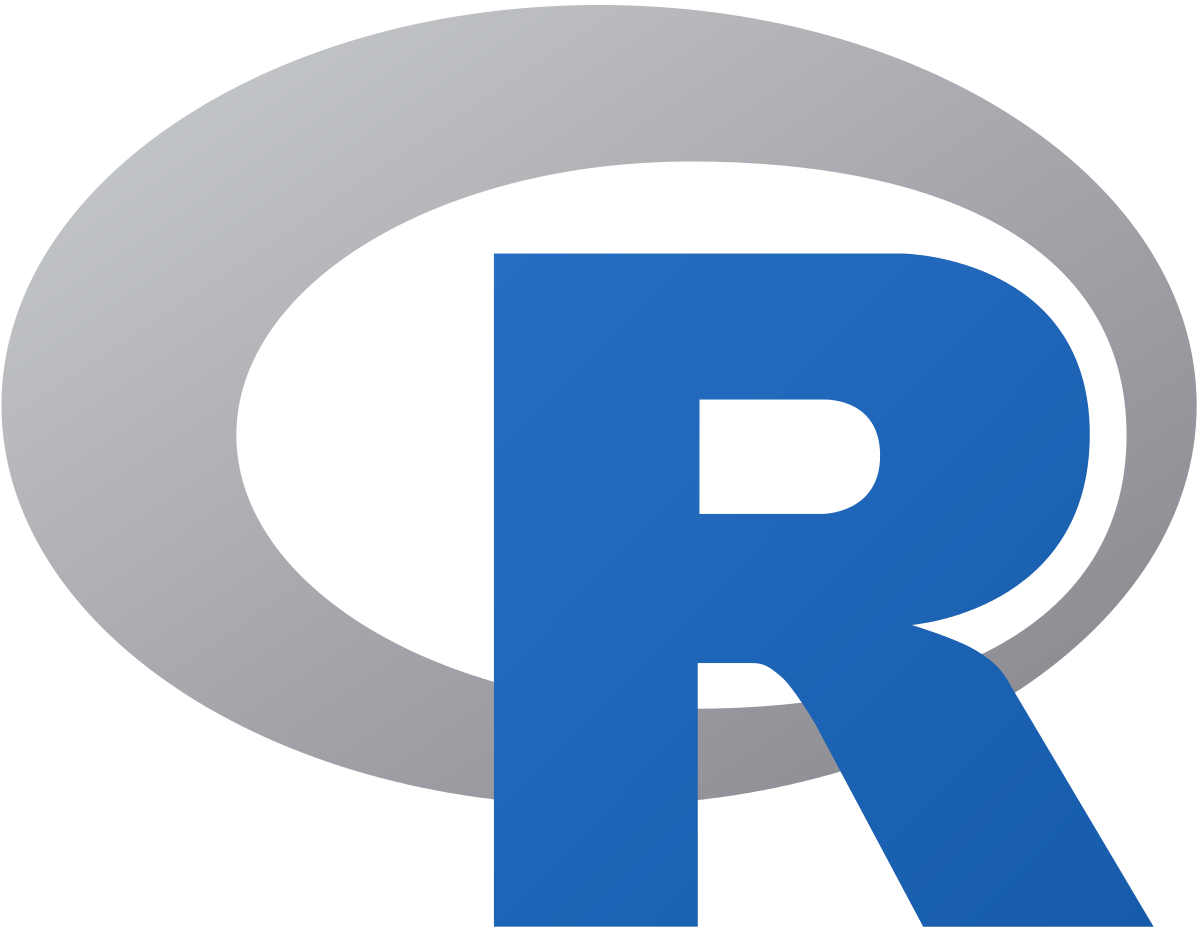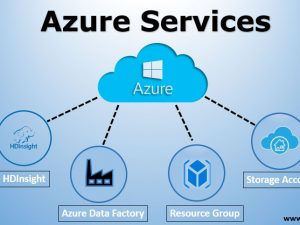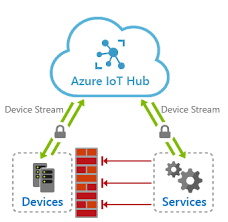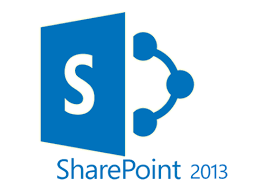Audience
Choosing from our R Programming training courses will improve individuals’ efficiency of using R Programming language and will definitely help them in getting lucrative job choices, such as Data Analysts, R Programmers, Data Scientists, etc.
Prerequisites
No prior knowledge or experience needed
Skills Gained
After completing this course, students will be able to:
• Manipulate primitive data types in the R programming language using RStudio or Jupyter Notebooks.
• Control program flow with conditions and loops, write functions, perform character string and date operations, and generate regular expressions.
• Construct and manipulate R data structures, including vectors, factors, lists, and data frames.
• Read, write, and save data files and scrape web pages using R.
• How to perform operations in R including sorting, data wrangling using dplyr, and making plots
Course outline
Module 1: Overview of R
- What is R?
- Basic Features of R
- Free Software
- Design of the R System
- Limitations of R
- R Resources
- Getting Started with R
- Installation
- Getting started with the R interface
Module 2: R Nuts and Bolts
- Entering Input
- Evaluation
- R Objects
- Numbers
- Attributes
- Creating Vectors
- Mixing Objects
- Explicit Coercion
- Matrices
- Lists
- Factors
- Missing Values
- Data Frames
- Names
Module 3: Getting Data in and out of R
- Reading and Writing Data
- Reading Data Files with read.table()
- Reading in Larger Datasets with read.table
- Calculating Memory Requirements for R Objects
- Using the readr Package
- Using Textual and Binary Formats for Storing Data
- Using dput() and dump()
- Binary Formats
- Interfaces to the Outside World
- File Connections
- Reading Lines of a Text File
- Reading From a URL Connection
Module 4: Subsetting R Objects
- Subsetting a Vector
- Subsetting a Matrix
- Subsetting Lists
- Subsetting Nested Elements of a List
- Extracting Multiple Elements of a List
- Partial Matching
- Removing NA Values
- Vectorized Operations
- Vectorized Matrix Operations
Module 5: Dates and Times
- Dates in R
- Times in R
- Operations on Dates and Times
- Summary
Module 6: Managing Data Frames with the dplyr package
- Data Frames
- The dplyr Package
- dplyr Grammar
- Installing the dplyr package
- select()
- filter()
- arrange()
- rename()
- mutate()
- group_by()
- %>% 60
Module 7: Control Structures
- if-else
- for Loops
- Nested for loops
- while Loops
- repeat Loops
- next, break
Module 8: Functions
- Functions in R
- Your First Function
- Argument Matching
- Lazy Evaluation
- The … Argument
- Arguments Coming After the … Argument
Module 9: Scoping Rules of R
- A Diversion on Binding Values to Symbol
- Scoping Rules
- Lexical Scoping: Why Does It Matter?
- Lexical vs. Dynamic Scoping
- Application: Optimization
- Plotting the Likelihood
Module 10: Coding Standards for R
- Loop Functions
- Looping on the Command Line
- lapply()
- sapply()
- split()
- Splitting a Data Frame
- tapply
- apply()
- Col/Row Sums and Means
- Other Ways to Apply
- mapply()
- Vectorizing a Function
Module 11: Debugging
- Something’s Wrong!
- Figuring Out What’s Wrong
- Debugging Tools in R
- Using traceback()
- Using debug()
- Using recover()
Module 12: Profiling R Code
- Using system.time()
- Timing Longer Expressions
- The R Profiler
- Using summaryRprof()
Module 13: Simulation
- Generating Random Numbers
- Setting the random number seed
- Simulating a Linear Model
- Random Sampling
Schedule
Click on the following link to see the current Course Schedule
Our minimum class-size is 3 for this course.
If there are no scheduled dates for this course, it can be customized to suit the time and skill needs of clients and it can be held online, at a rented location or at your premises.
Click on the following link below to arrange for a custom course: Enquire about a course date
FAQs
CERTFICATE OF COMPLETION: Participants will receive a certificate of completion at the end of a course. This is not an official certification for the product and/or software. Our courses do indicate the appropriate certification exam(s) that the participant can sit. Data Vision Systems does not provide certification or deliver the certification exams. Participants are responsible for arranging and paying for the certification exams on the appropriate certification body.
CANCELLATION POLICY: There is never a fee for cancelling seven business days before a class for any reason. Data Vision Systems reserves the right to cancel any course due to insufficient registration or other extenuating circumstances. Participants will be advised prior to doing so.







Reviews
There are no reviews yet.